Gum recession is a common dental condition for many Australians. Although it affects your smile on a cosmetic level, receding gums can also lead to tooth infections and periodontal disease.
It is important to visit your dentist as soon as you notice gum recession to talk about how to fix receding gums. By seeking treatment for your receding gums, such as deep cleaning or gum grafting, you can ensure that you address the condition and avoid complications that can arise from receding gums if left untreated.
What is Gum Recession?
Gum recession is a process that occurs over several years in which gum tissue pulls away from your teeth. This can be unsightly, and it creates gaps between the gums and teeth, allowing bacteria to build up. Without receding gums treatment, this bacteria can cause deep decay at the tooth root, potentially resulting in bone loss and dental abscess.
Signs of Receding Gums
It is crucial to understand the signs of receding gums so you can schedule receding gums treatment as early as possible. Common symptoms of gum recession are:
- Tooth sensitivity
- Teeth appearing longer
- Bleeding after flossing or brushing
- Pain in the gums
- Loose teeth
- Exposed tooth roots
- Red or swollen gums
What Causes Receding Gums?
- Periodontal Disease
The most common cause of receding gums is periodontal disease. Gum disease is an infection of the gums due to bacteria build-up at the gumline. The infection causes inflammation and gum recession, which results in tooth decay, loss of teeth, and other dental complications. The onset of periodontal disease is influenced by dietary and behavioural factors, such as high sugar intake and poor oral hygiene.
- Genetics
There seems to be a strong correlation between susceptibility to receding gums and genetics. This means that receding gums are more likely to be an issue for a portion of the population, despite good oral hygiene care.
- Poor Oral Hygiene
While some people may be predisposed to gum recession, most cases of receding gums are caused by poor oral hygiene. A lack of brushing and flossing leads to the buildup of tartar around the gums. This substance can only be removed by a dentist and irritates the gum tissue, causing a gap to form between the teeth and gums where bacteria gather. Gingivitis and eventually advanced gum disease result from poor dental care.
- Aggressive Brushing
Although brushing is important, over-brushing or aggressive brushing can also lead to receding gums. With aggressive brushing, the tooth enamel is worn away, causing your gums to recede.
- Poor Diet and Tobacco Use
Gum recession is also caused by poor diet and tobacco use. Those who eat a diet high in processed sugar are at a higher risk, as are those who smoke tobacco or use tobacco products.
How to Treat Gum Recession?
If you seek receding gums treatment early on, there is a very good chance of correcting the condition. If you notice any symptoms of receding gums, make an appointment with your dentist right away.
Your dentist can inspect your gums and advise you on a receding gums treatment that is best for your unique dental situation.
When determining how to fix receding gums, your dentist may choose one of the following treatment options.

- Deep Cleaning
Deep cleaning, known as tooth scaling by dentists, is a process where built-up tartar is removed from the gum line. This procedure also involves root planing, where the dentist smooths your exposed tooth root so that bacteria does not stick to it. If there is an infection, the dentist may give you antibiotics as well.
- Guided Tissue Regeneration
Regeneration is a dental procedure that is used to fix bone that has been damaged by gum recession. During the treatment, your dentist removes bacteria from your gum line and places graft tissue in the area to encourage tissue growth as the body heals itself.
- Gum Grafting
Gum grafting is a treatment that is used to fix receding gums. During the treatment, your dentist removes tissue from the roof of your mouth, called the palate, and places it on the area affected by gum recession. Sometimes tissue can be moved from an adjacent gum rather than the palette. Toothsome’s Specialist Periodontist, Dr Patty Chou, offers gum grafting treatment for receding gums as part of their approach to fixing gum recession.
Preventing Gum Recession
To prevent gum recession, it is important to address your dental care routine and diet and lifestyle choices. Gum disease is the most common cause of receding gums; therefore, taking the necessary steps to prevent periodontal disease stops and fixes gum recession. These steps include implementing proper teeth cleaning habits, such as brushing twice a day and flossing after brushing, as well as avoiding sugary foods and stopping the use of alcohol and tobacco products.
Stop Gum Recession Before It Starts
To keep your smile healthy and prevent receding gums, schedule regular dental checkups throughout the year to stay on top of any symptoms of gum recession. If you are already experiencing gum recession, Toothsome offers several treatment options with our Specialist Periodontist Dr Patty Chou or Dr Rohan Rodricks.
Call our practice in Baulkham Hills on (02) 9158 6637 or Chatswood on (02) 8203 8786 to speak to our team about how we can help you with your gum health.


